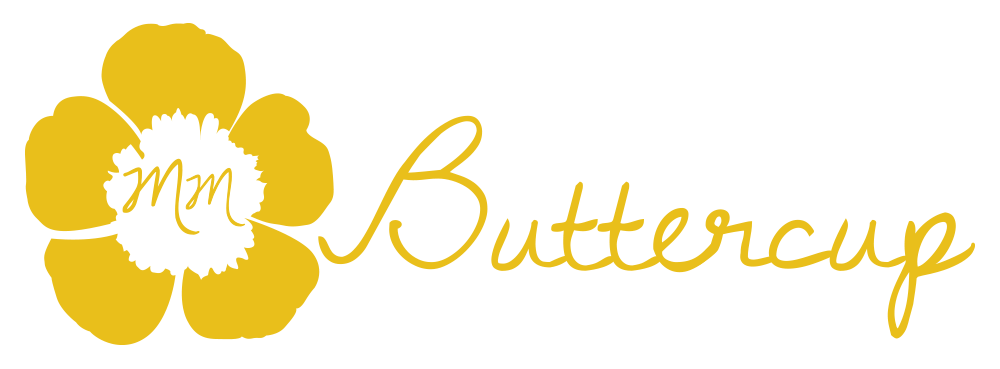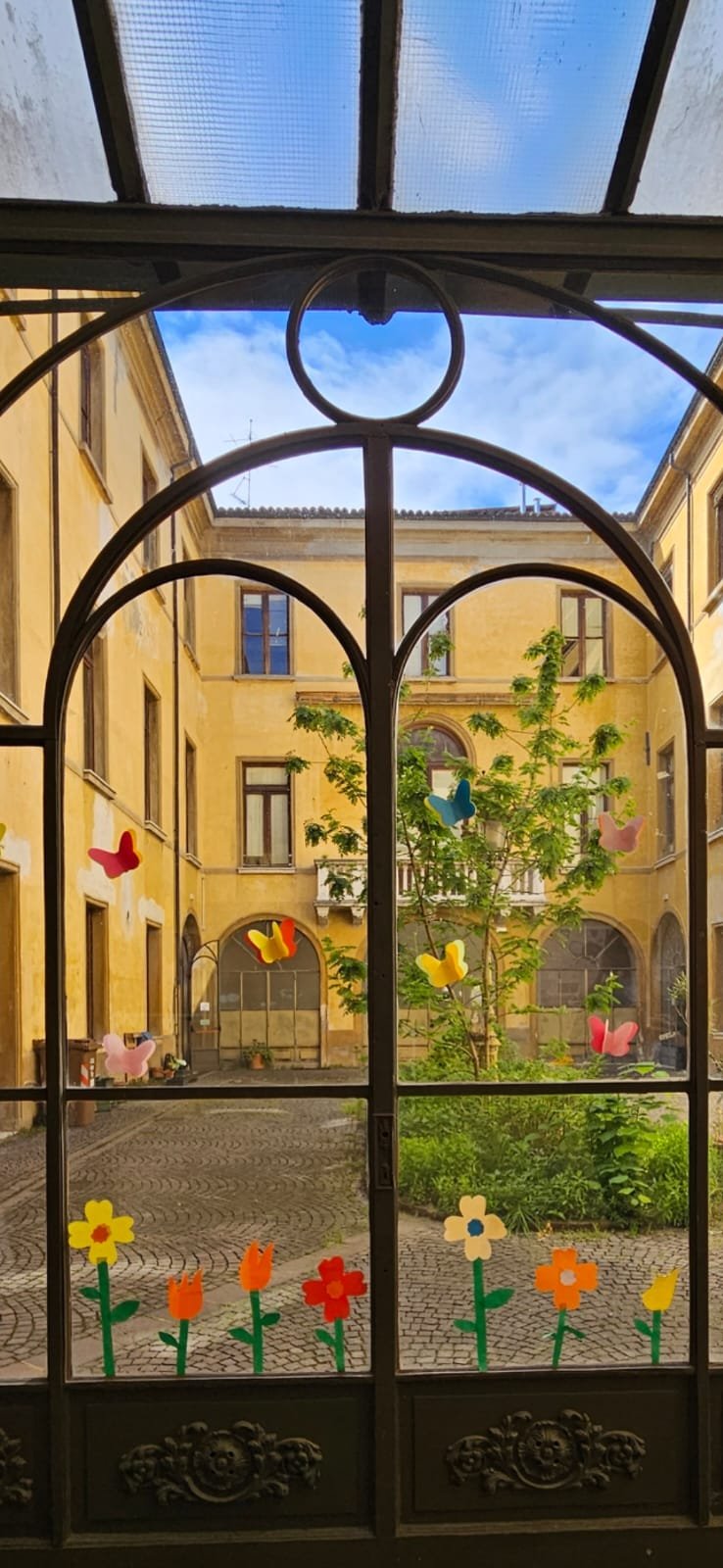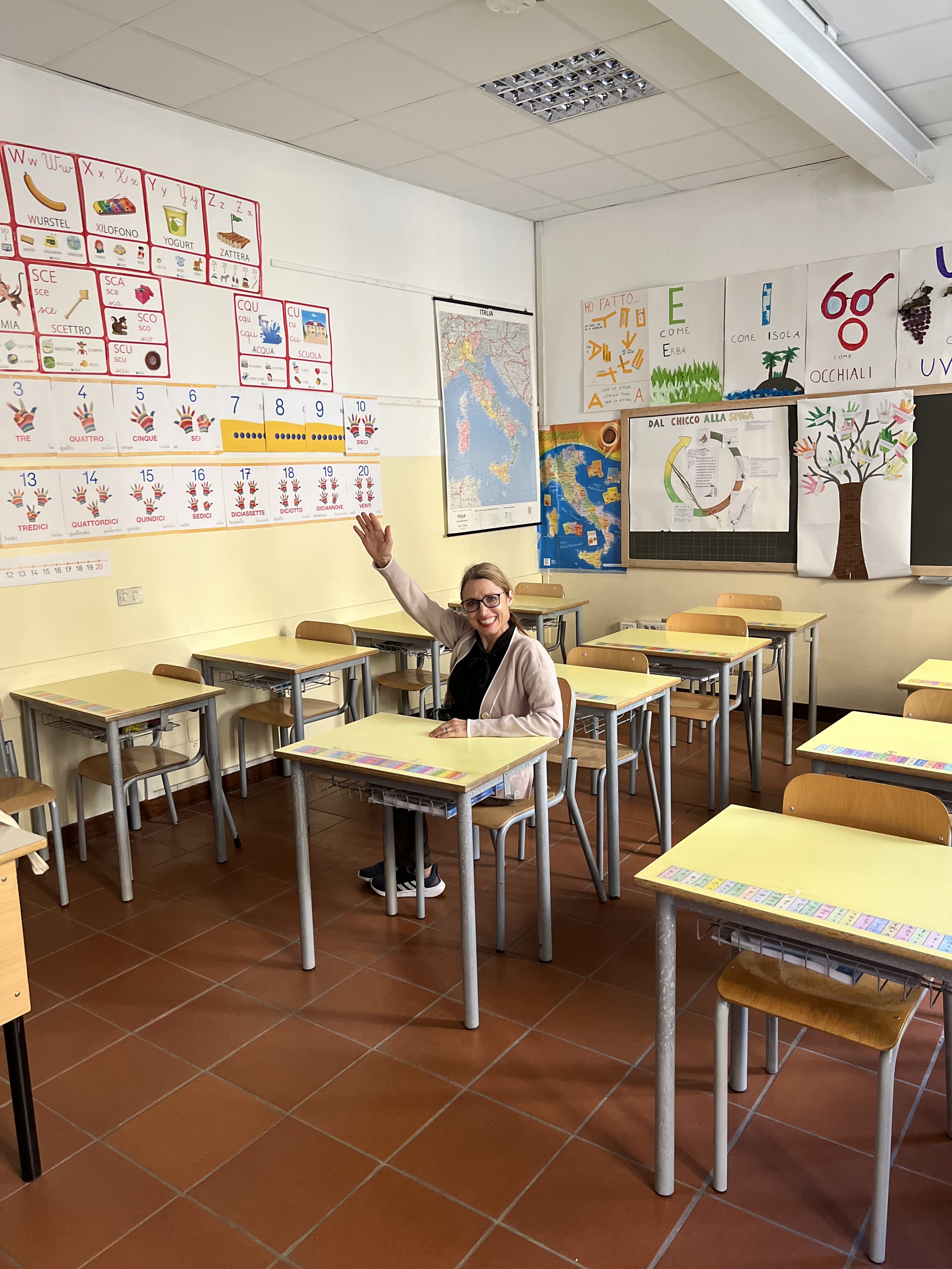People said to me… “how wonderful that you are about to go on the trip of a lifetime.” Hmm? Really? Of a “lifetime?” I was curious hearing these words. What the heck is a “trip of a lifetime” anyway? Have I ever had one? Have you? What is it like to have a travel experience that exceeds all others in one’s entire life? I wonder….
I have been to Italy many times. I am American with roots in Italy. My Dad's family is from northern Italy near Milan, and my mother grew up in southern Italy on a tobacco farm that is still in the family and has been for hundreds of years. I grew up speaking Italian at home. We have family all over Italy that I have traveled from America to visit. But this will be my first time to Reggio Emilia, Italy.
Would Reggio Emilia be my “trip of a lifetime (TOAL)?” Will it blow my socks off? Sure, it is bound to be special. I will be traveling to Reggio Emilia with a dozen of my friends who are early childhood colleagues from America experiencing an Italian early childhood approach to education for my first time. I am ready for professional fulfilment and learning more about children, families, and the teaching profession in another country. Having new ways of thinking about child development is another outcome I expect to experience from my trip to Reggio Emilia, Italy. Marcel Proust wrote, “The real voyage of discovery consists not in seeking new landscapes, but in having new eyes.” I’m all in and ready to see early childhood education with new eyes. Maybe this can be TOAL for me?! So how does one plan for TOAL?
Planning for the “Trip of a Lifetime” (TOAL)
“People don’t take trips, trips take people.”~John Steinbeck
Our American team had several meetings leading up to the Reggio Emilia delegation. A pre-travel survey that we created (Levin, Brasel, & Macy, 2023) was completed to get a baseline on where we were all at with understanding the Reggio Emilia approach to education. After the pre-travel survey, we read three things (Edwards, Gandini, & Forman, 2011; Rinaldi, 2006; Vecchi, 2010) prior to leaving for Reggio Emilia (full citations at the end of this blog post). Reading these articles gave our group a collective understanding of the history of the Reggio Emilia approach, as well as a framework to view the schools, the REmida Center, and the International Loris Malaguzzi Center.
When I zipped my suitcase and was ready to leave for the Omaha airport, I still wondered about TOAL.
TOAL? Really? One of my favorite travel writers and foodies is the late Anthony Bourdain. I reflected on TOAL and Bourdain’s words: “Travel isn’t always pretty. It isn’t always comfortable. Sometimes it hurts, it even breaks your heart. But that’s okay. The journey changes you; it should change you. It leaves marks on your memory, on your consciousness, on your heart, and on your body. You take something with you. Hopefully, you leave something good behind.” TOAL, here we come!
TOAL vs. OIAL
Maybe the part that has me questioning TOAL is that I associate the platitude with, “once in a lifetime” (OIAL). I plan to return to Reggio Emilia many more times. This trip I’m taking will not be “once” in my lifetime. My plan is that it will be an annual event in my life. My aim is to return every spring as though I am a sandhill crane spending springtime in central Nebraska again and again for my annual migration. Yes, this trip means more to me than OIAL.
This year I am traveling to Reggio Emilia to create pathways for future delegations to experience Reggio firsthand. This year our delegation consists of me and my friends from Florida who I worked and played with before moving to Nebraska in 2021. Dr. Judy Levin started the Reggio Emilia trip in 2012 when she first took students, or pre-service professionals in our teacher preparation program, from University of Central Florida to experience the study abroad in Italy. Then the brilliant Dr. Levin came up with a professional development approach to create the opportunity for the people who were supervising our students in fieldwork. The cooperating professionals. Let’s bring in-service professionals too. Brilliant! She added in-service professionals who were already in the early childhood workforce and no longer students. I’ve been wanting to go with her for many years, but I was hesitant because I didn’t want to leave my young child for two weeks.
TOAL? Maybe TOAL.
OIAL? Not a chance. This is not a once in a lifetime trip for me. More like it will be Once Every Year or OEY for me.
Update
“I am not the same, having seen the moon shine on the other side of the world.” ~Mary Anne Radmacher
It happened! I had a TOAL in May 2023 when I traveled with my early childhood education team from America to Reggio Emilia, Italy. So many wonderful memories I am taking back to Nebraska with me. I’ll be reflecting on this first time in Reggio Emilia while unpacking so many lovely memories. “Take only memories, leave only footprints,” ~Chief Seattle.
These were the three readings we had on the Reggio Emilia approach to early childhood education before we went.

















































































